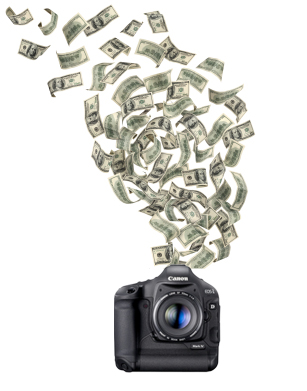
How to quote photography jobs
First off, there is no set rule, or standard industry rate finasteride order online to follow; the only real guideline is: what are you worth, what is your time is worth?
The commercial photography industry, however, does follow a somewhat standard ‘billing block’: either a ‘full day’, which is up to 8 hours, or a ‘half day’, which is up to 4 hours. Anything over 4 hours gets bumped up to a full day rate, regardless if it’s an additional hour, or even just 30 minutes over. Conversely, generic levitra ingredients if a shoot only lasts 2 hours, you still charge the half-day rate. Now, if you want to be flexible and “play ball” with a client, you can pro-rate your time over/under… but any established commercial client is going to just expect the half-day/full-day billing block model.
Let’s say the shoot goes over 8 hours… then you start charging by the hour at a pro-rate. I know it happens on shoots, but I’ve never gone over 8 hours on any of my gigs… something to aspire to, I guess, hahaha!
Now, what’s included in this half-day or full-day rate? Well, that all depends on what you negotiate. Some photogs’ day-rate will just include the actual production, aka, just the physical shoot itself (meaning this quote does not include post-processing of selected images). Within this production quote, a photog levitra buy in ny shops may or may not choose to itemize additional equipment or the rental of the studio (if applicable).
For instance, when I quote a client, I tend to include everything in one sum number: my physical services, the cost of renting the studio, any additional lighting/equipment/lenses needed, and my assistant’s fee. I like to keep it simple, but I will definitely tell the client that it is an ‘all inclusive, bottom line’ number. In my opinion, it feels less like I’m ‘nickel and diming’ the budget, but sometimes a client WILL want to see online viagra gel to buy everything strung out.
For others, they may want to outline discount canadian cialis every single line item in the quote and then give it to the client; that works, too! Again, can i buy viagra this is completely up to you.
Post-processing: how do you quote this? Well, for me, I actually cialis 20m write this into my upfront quote as well; again, I do this just to keep things simple and at one number. How I grade my post-production buy cialis online with no prescription fee completely depends on the scope of the project. If it’s a catalog or look-book, where there will be dozens, if not hundreds of images… that’s one story… or if it’s just going to be 10-15 selected shots, that’s another story. Again, it’s all about “time”. How long is it going to take you to process best online generic levitra 10 images or 100 or 1000? How much additional touching up/skin smoothing/color tweaking is going to be involved– and how long does that take you to do?
If you want to viagra of pfizer separate your production fee from your post-production fee, you must get finite in the contract. “Includes up to 30 re-touched images; per image fee is ‘x’ additional”– some version of this. Including the wording in the contract protects you from the client suddenly asking for 50 more retouched images than what was originally (most of the time verbally) agreed on, and it also protects the client from you not fulfilling the agreed upon amount of retouched images. Definitely break down your post-processing fees on paper; do not casually verbally agree to any amount or an indefinite amount.
There is also something else to take into consideration when quoting photography jobs; it’s kinda hard to quantify, but let me frame it like this: why is the client coming to you? What are you offering, as far as your personal style, and should that be considered a premium? In other words, does your name and/or work alone, hold a standing value?
Here’s a for instance: let’s say Bruce Weber and I take the EXACT same picture of the exact same model. Side-by-side, there is no discernible difference between our two pictures; our lighting, color tones, EVERYTHING is the exact same. The only difference is, one picture was taken by a photography legend and icon, and the other was taken by Bruce Weber. Just kidding. The other was taken by some dork who barely knows anything about photography (aka, me)…
…you hang both of our pictures, side-by-side, in a gallery: Photo #1 by Bruce Weber, Photo #2 by Lucas Passmore. Bruce’s photo will sell for probably upwards of $9000. Mine will probably be given away as a joke-gift at company Christmas party. What’s the difference between the two photos, if visually neither is better or worse? Answer: the artist.
How this translates into what you decide your quote is, again, why is the client coming to you? Are you offering a look or style that no one else can? Are you the only photographer in your town (or the only good one)? This all just drives at the initial question: what are YOU worth? And if you believe your personal value, as it applies to your photography, is unique… then that should be incorporated into your quote. The real-life example of this is “brand versus generic”. People will pay $2 extra to purchase Kleenex tissues, instead of plain generic tissues. They’re the same thing, but when people opt to buy Kleenex, they’re buying into what the brand stands for…its intrinsic value. And Kleenex charges $2 more for this.
There is another side to all this, and it’s really more for photographers just starting to cross over into the professional side and build up their business: Your body of work needs to reflect the value of your quote. For example, a very very very large fashion magazine recently approached me, asking if I’d be interested in shooting an editorial for them. I first properly soiled myself. Then I fainted. Hours later, when I came to, I expected it to all be a dream… but there still sat the inquiry email in my inbox. I soiled myself again, cleaned up, then I replied, “OMG OMG OMG, I’LL TOTALLY DO IT! FTFO!!” (that is not what I typed, but was the emotional equivalent). When the topic of compensation came up, I immediately agreed to what they offered. I did not try to negotiate. I wouldn’t dare dream of trying. This would be a huge opportunity for me, and I’m not going to risk it by trying to play hard-ball. More so, I would have no grounds to negotiate; while I’ve been shooting for awhile, I had yet to have anything in my portfolio reflecting the level which this magazine is on. So, while my time is still worth something–and I will be putting a lot of time into this shoot– the value of what I get out of this shoot far supersedes even my full day-rate.
…where am I going with all this? If an unique job comes your way, that offers less than ‘what your time is worth’, you still need to consider the long-term benefits of doing the job for less than your normal quote. What you trade in dollars could significantly benefit your portfolio value. Keep building on that, then suddenly you’ll find yourself AT the same level of what’s being offered, and you can then ask for your full quote. It’s a long-game that involved patience and faith in yourself.
Hope this helps anyone trying to get their head around quoting for jobs.
Cheers!
_Lucas Passmore
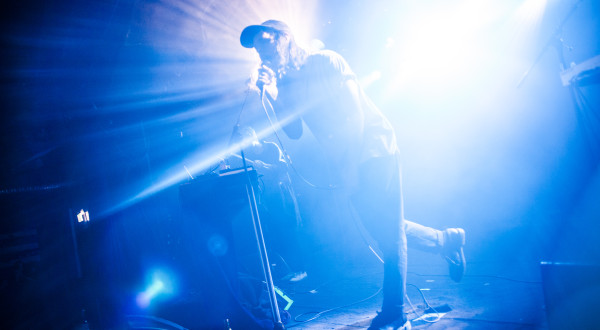

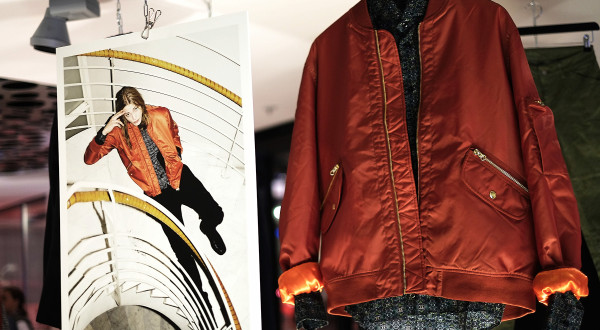

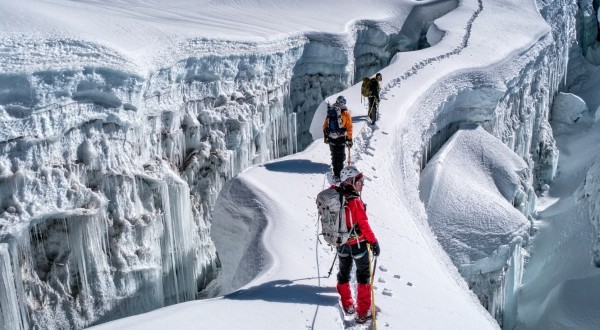
Leave a comment